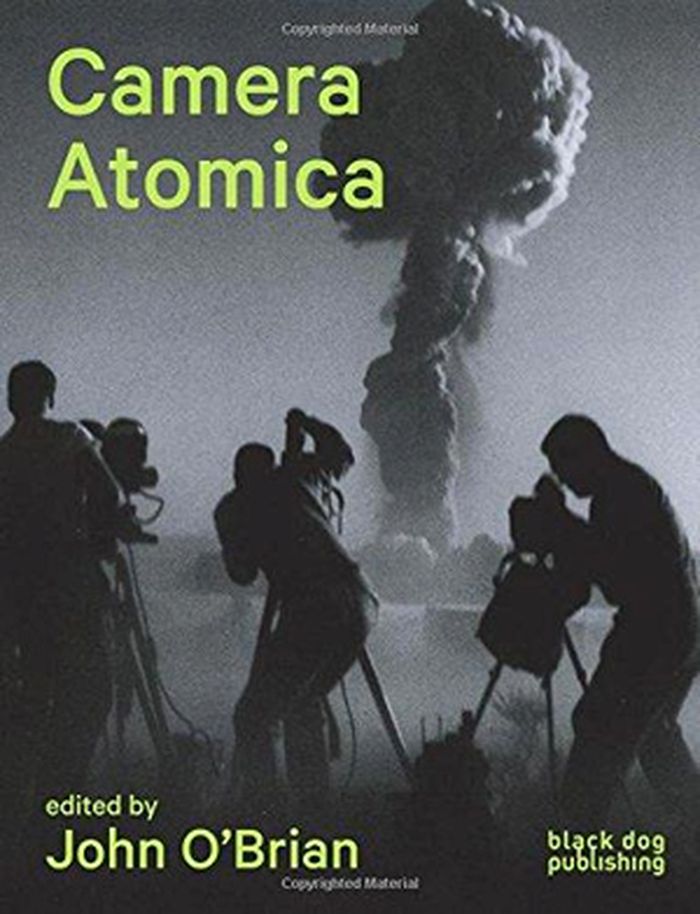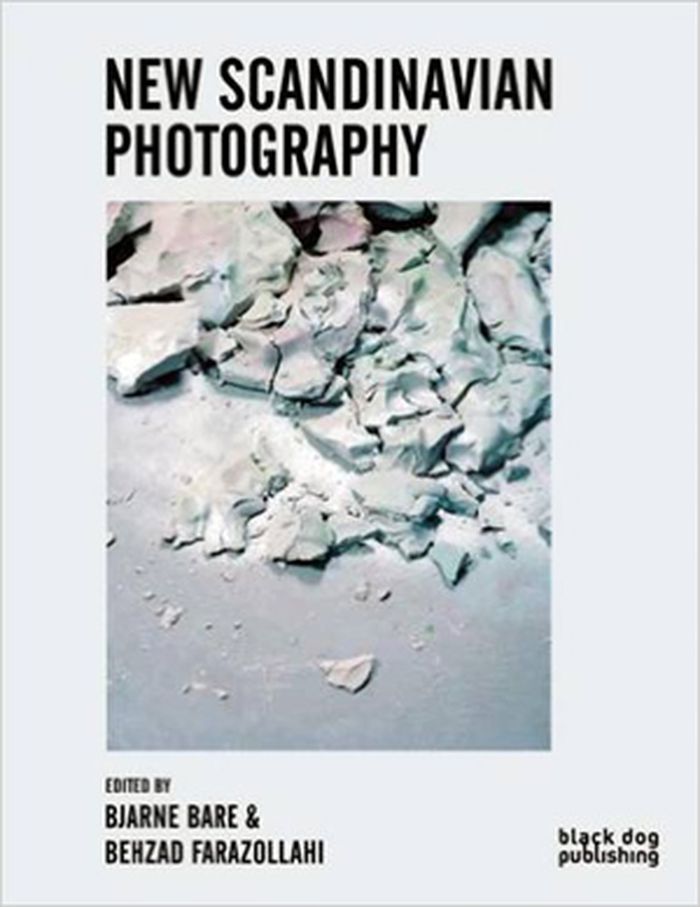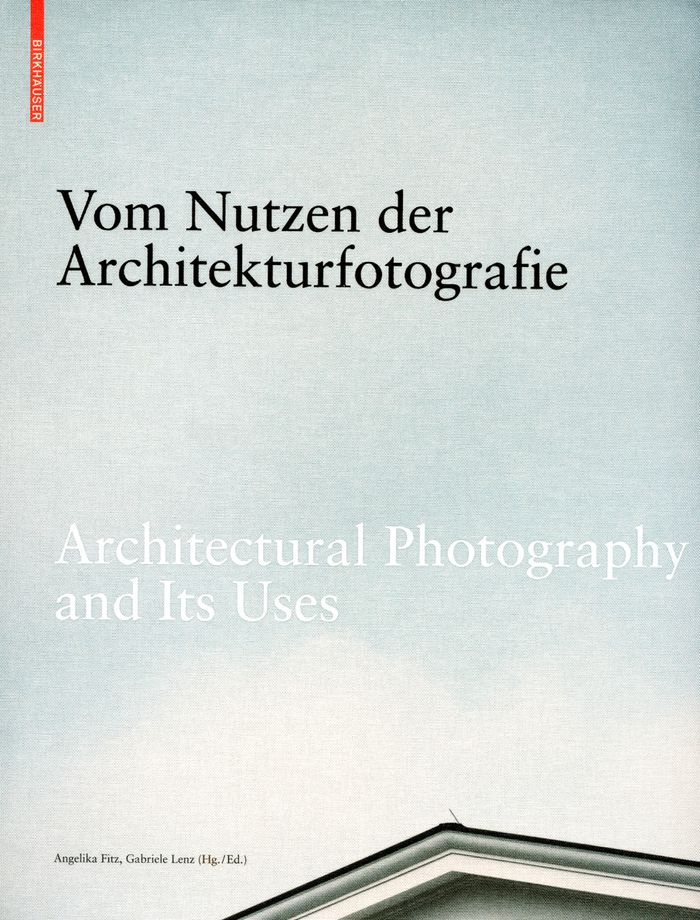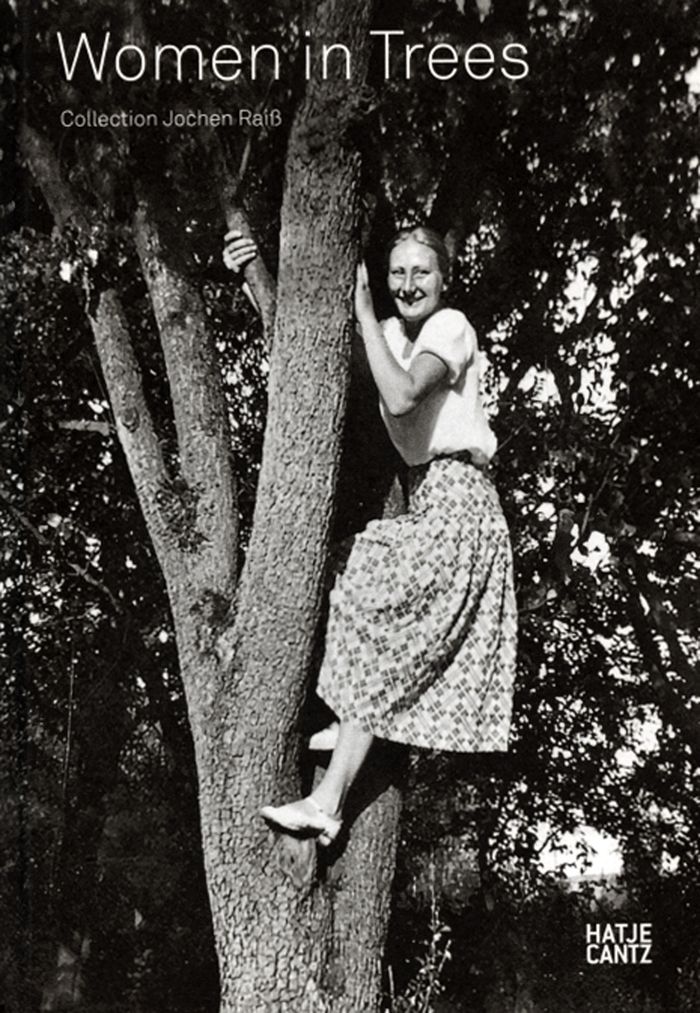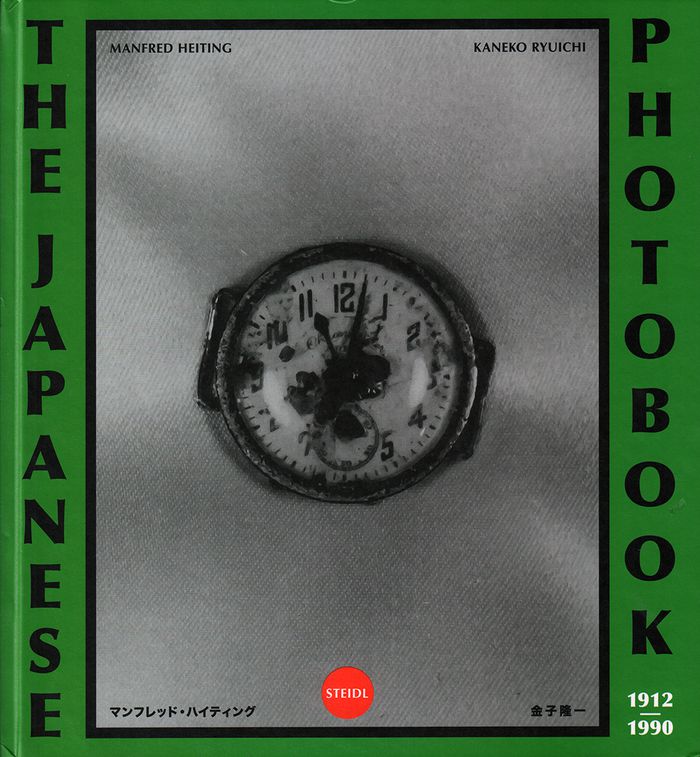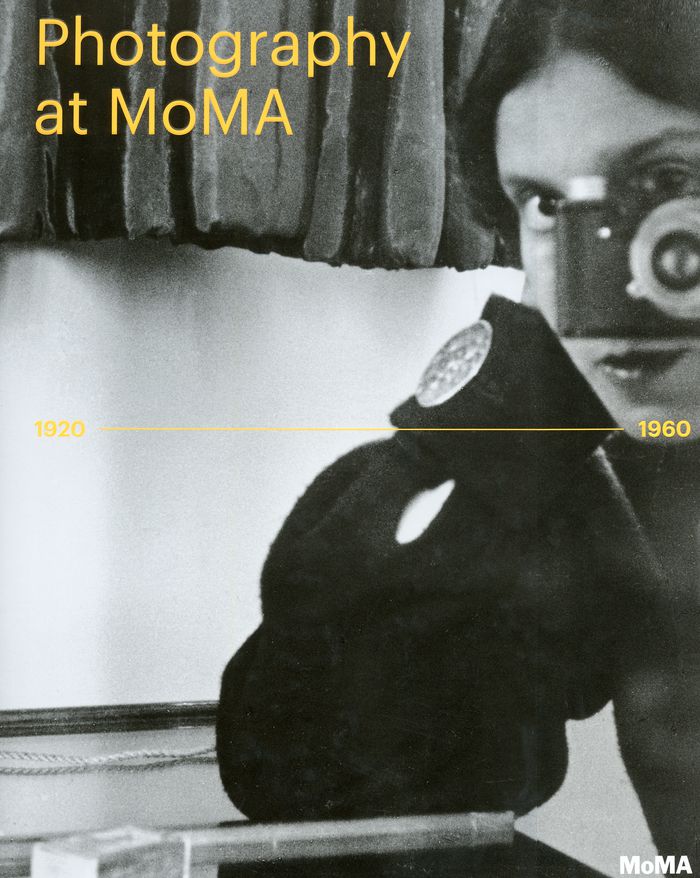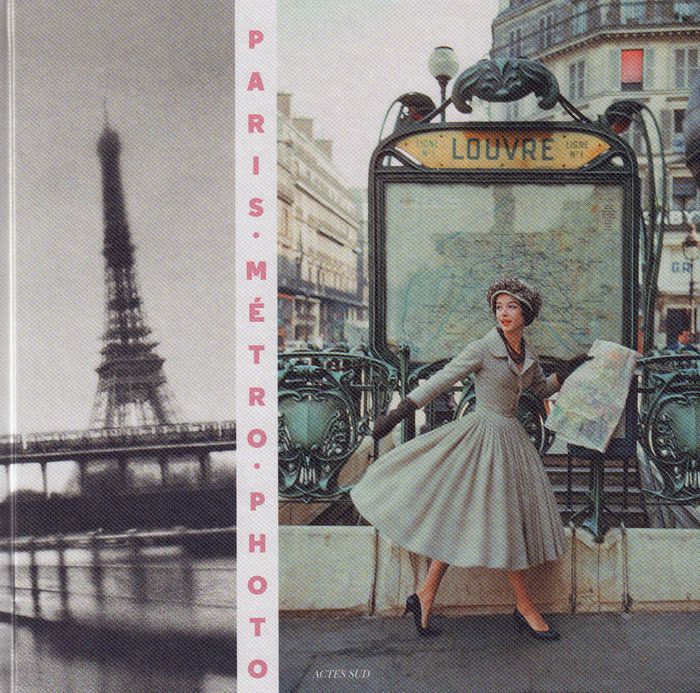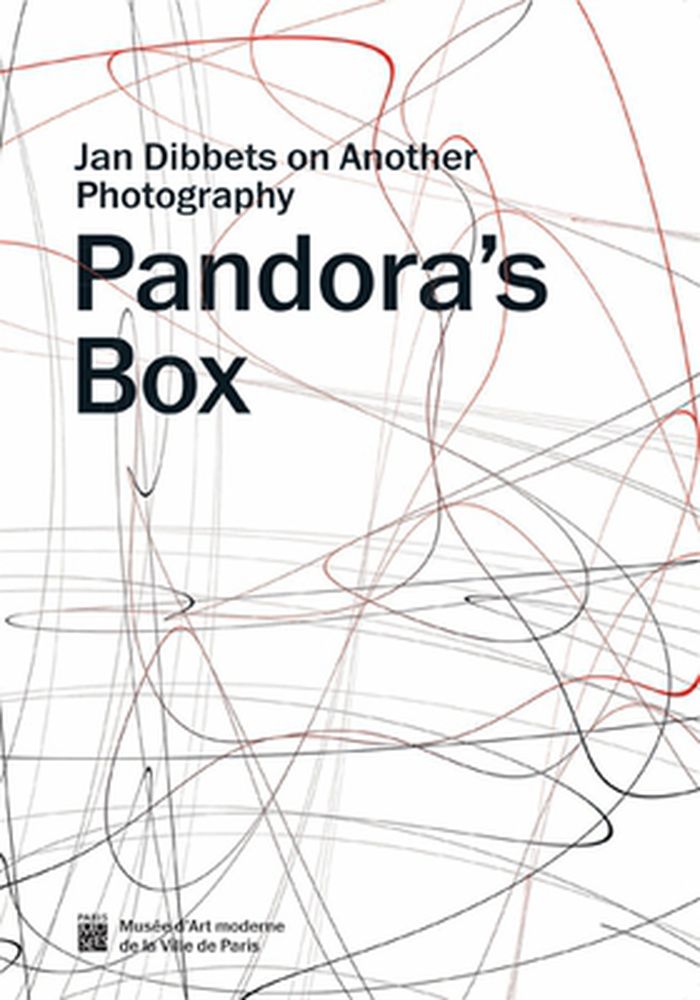Imagine Istanbul
$72.00
(available to order)
Summary:
A striking portrait of Istanbul through the eyes of photographers and artists. Includes the works of photographers such as Ara Güler, Henri Cartier-Bresson, Bieke Depoorter.
Imagine Istanbul
Actions:
Price:
$72.00
(available to order)
Summary:
A striking portrait of Istanbul through the eyes of photographers and artists. Includes the works of photographers such as Ara Güler, Henri Cartier-Bresson, Bieke Depoorter.
Photography Collections
Camera Atomica
$34.95
(available to order)
Summary:
An exploration of how the camera lens has shaped public perceptions of the atomic age and its legacy of anxiety. The images featured are extremely vivid and were taken by photographers including Weegee, Barbara Kruger, Sandy Skoglund and Garry Winogrand from some of the nuclear events from 1945 onwards.
Camera Atomica
Actions:
Price:
$34.95
(available to order)
Summary:
An exploration of how the camera lens has shaped public perceptions of the atomic age and its legacy of anxiety. The images featured are extremely vivid and were taken by photographers including Weegee, Barbara Kruger, Sandy Skoglund and Garry Winogrand from some of the nuclear events from 1945 onwards.
Photography Collections
New Scandinavian photography
$49.95
(available to order)
Summary:
Focusing on the last ten years, New Scandinavian Photography highlights the work produced by a diverse range of artists who are exploring and manipulating the use of photography in their practices and explores photography as a medium through academic texts and interviews, addressing the technical and material properties of photography in the context of fine art and(...)
New Scandinavian photography
Actions:
Price:
$49.95
(available to order)
Summary:
Focusing on the last ten years, New Scandinavian Photography highlights the work produced by a diverse range of artists who are exploring and manipulating the use of photography in their practices and explores photography as a medium through academic texts and interviews, addressing the technical and material properties of photography in the context of fine art and pan-media practice with a focus on the exhibition room as well as printed matter. Through critical examination and personal interviews, the book showcases established names in the photographic art scene such as Asger Carlsen and Emil Salto, along with emerging talents that include Marten Lange and Marthe Elise Stramund. A key focus is upon artist’s use of photography as a medium, along with their methods of presentation, from the white cube gallery space to intimate printed matter.
Photography Collections
$89.00
(available to order)
Summary:
The book examines how photos are used to digitally reproduce, inform about, and archive buildings. Moreover, it is dedicated to the concept of the use of a building being the visual content of architectural photography, and also questions how the photograph influences the constructed reality.
On the uses of architectural photography
Actions:
Price:
$89.00
(available to order)
Summary:
The book examines how photos are used to digitally reproduce, inform about, and archive buildings. Moreover, it is dedicated to the concept of the use of a building being the visual content of architectural photography, and also questions how the photograph influences the constructed reality.
Photography Collections
Women in trees
$32.50
(available to order)
Summary:
“You know, I don’t know how one can walk by a tree and not be happy at the sight of it?” writes Fyodor Dostoyevsky in The Idiot. Perhaps this sentence might explain the subject of women in trees that was so popular between the 1920s and ‘50s and has until now never before been assembled in a book. The enthusiastic collector Jochen Raiss discovered this motif during his(...)
Women in trees
Actions:
Price:
$32.50
(available to order)
Summary:
“You know, I don’t know how one can walk by a tree and not be happy at the sight of it?” writes Fyodor Dostoyevsky in The Idiot. Perhaps this sentence might explain the subject of women in trees that was so popular between the 1920s and ‘50s and has until now never before been assembled in a book. The enthusiastic collector Jochen Raiss discovered this motif during his flea market excursions. These photographs feature young women at dizzying heights who, at times, smile into the camera as if they were in love. The publication assembles the finds from this charming genre that Raiss compiled over a period of 25 years.
Photography Collections
$180.00
(available to order)
Summary:
"The Japanese photobook", 1912–1990 illustrates the development of photography as seen in photo publications in Japan--from the early influence of European and American pictorialism, the German Bauhaus and imperial military propaganda to the complete collapse and destruction of the country in 1945. Then followed a new beginning: with the unique self-determination of a(...)
Photography Collections
August 2016
The Japanese photobook, 1912-1980
Actions:
Price:
$180.00
(available to order)
Summary:
"The Japanese photobook", 1912–1990 illustrates the development of photography as seen in photo publications in Japan--from the early influence of European and American pictorialism, the German Bauhaus and imperial military propaganda to the complete collapse and destruction of the country in 1945. Then followed a new beginning: with the unique self-determination of a young generation of photographers and visual artists highlighted by the Provoke style--an experimental Japanese photography magazine that had a profound effect on the medium in the 1970s and ‘80s--as well as protest and war documentation of the late 1950s to the early ‘70s, the signature Japanese photobook, as we have come to know it, was born.
Photography Collections
La mémoire du futur
$74.95
(available to order)
Summary:
Cet ouvrage confronte les travaux d'artistes contemporains et des oeuvres créées par les pionniers des premiers procédés photographiques. L'interview de A. Cartier-Bresson permet de retracer l'histoire des techniques photographiques pour mieux comprendre l'intérêt des photographes contemporains pour les pratiques anciennes.
La mémoire du futur
Actions:
Price:
$74.95
(available to order)
Summary:
Cet ouvrage confronte les travaux d'artistes contemporains et des oeuvres créées par les pionniers des premiers procédés photographiques. L'interview de A. Cartier-Bresson permet de retracer l'histoire des techniques photographiques pour mieux comprendre l'intérêt des photographes contemporains pour les pratiques anciennes.
Photography Collections
$95.00
(available in store)
Summary:
The history of photography has been told many times, but never before through the incomparable collection of photographs at The Museum of Modern Art. As the second volume in a set of three books that together present a new and comprehensive history of photography through works from MoMA’s collection, this publication charts the medium during the height of the modernist(...)
Photography Collections
November 2016
Photography at MoMA: 1920 to 1960
Actions:
Price:
$95.00
(available in store)
Summary:
The history of photography has been told many times, but never before through the incomparable collection of photographs at The Museum of Modern Art. As the second volume in a set of three books that together present a new and comprehensive history of photography through works from MoMA’s collection, this publication charts the medium during the height of the modernist period, from 1920 to 1960.
Photography Collections
Paris metro photo
$70.00
(available to order)
Summary:
This volume looks at the close relationship between photography and the heyday of the Paris metro, covering over a century of photographic documents. The major figures of photography all snapped the Paris metro, from the humanists--Doisneau, Henri Cartier-Bresson, Brassaï, Boubat, Izis, Kollar, Ronis and more--to photojournalists such as Robert Capa, William Klein and Van(...)
Paris metro photo
Actions:
Price:
$70.00
(available to order)
Summary:
This volume looks at the close relationship between photography and the heyday of the Paris metro, covering over a century of photographic documents. The major figures of photography all snapped the Paris metro, from the humanists--Doisneau, Henri Cartier-Bresson, Brassaï, Boubat, Izis, Kollar, Ronis and more--to photojournalists such as Robert Capa, William Klein and Van der Keuken, in addition to the scores of photojournalists who passed through the city. In 1900, as the first metro rolled from west to east across Paris, from Porte Maillot to Porte de Vincennes, photography had already been around for half a century. Turn-of-the-century technological advances had created smaller, lighter cameras--the first Kodaks--which introduced the practice to a wider market. As Parisians fell in love with their new mode of transport, photography became a more widespread pastime. All genres and photographic practices are represented in this overview, from photojournalism to photo stories, street photography, fashion photography, architectural photography and industrial photography.
Photography Collections
$57.50
(available to order)
Summary:
Jan Dibbets’ dissenting and unashamedly biased Pandora’s Box offers nothing less than a reinterpretation of the entire history of art photography, arguing that scientific photography was the realm where the medium’s real innovations happened. “Scientific photography encouraged a freer, more outgoing use of the medium,” says Dibbets. “The whole problem with photography is(...)
Pandora's box: Jan Dibbets on another photography
Actions:
Price:
$57.50
(available to order)
Summary:
Jan Dibbets’ dissenting and unashamedly biased Pandora’s Box offers nothing less than a reinterpretation of the entire history of art photography, arguing that scientific photography was the realm where the medium’s real innovations happened. “Scientific photography encouraged a freer, more outgoing use of the medium,” says Dibbets. “The whole problem with photography is that it was invented at the wrong time. As Baudelaire so rightly pointed out, the first photographers were doing their best to imitate artists like Ingres and other ‘realists.’ All this imitation ... blocked the process of emancipation.”The result of Dibbets' alternative history is some 300 images, with Nicéphore Niépce, Gustave Le Gray, Étienne-Jules Marey and Edward Muybridge rubbing shoulders with photographers less well known but, in Dibbets’ view, equally crucial.
Photography Collections

